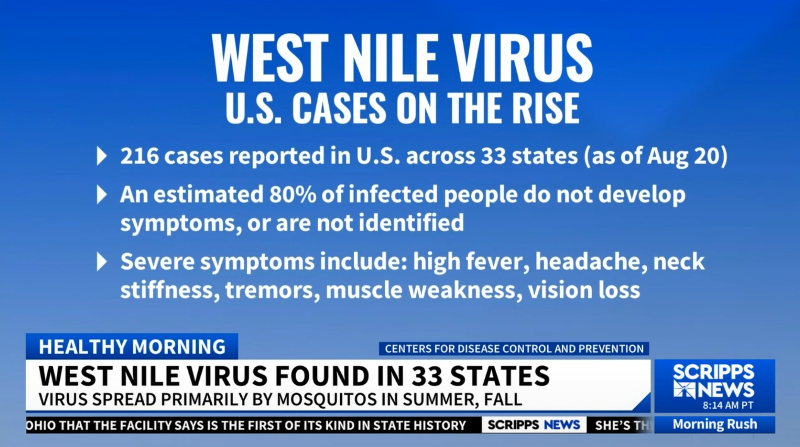New evidence shows for the first time that the virus that causes COVID directly infects atherosclerotic plaques in the coronary arteries, producing a persistent inflammatory response.
The findings may not only explain the link between COVID and the increased risk of cardiovascular events but mark a starting point for new therapeutic approaches.
"Our study shows there is persistence of viral debris in the artery," senior investigator Chiara Giannarelli, MD, associate professor of medicine and pathology at New York University's Grossman School of Medicine, told Medscape. "There is an important inflammatory response. We can now look at ways to control this inflammation," she said.
Giannarelli says COVID is more than a respiratory virus and that it can affect the whole body. "Our study shows a remarkable ability of the virus to hijack the immune system," she points out. "Our findings may explain how that happens."
Giannarelli says it's important for doctors and patients to be aware of an increased cardiovascular risk after a SARS-CoV-2 infection and to pay extra attention to traditional risk factors, such as blood pressure and cholesterol.
"This study showing that severe acute respiratory syndrome coronavirus directly infects coronary artery plaques, producing inflammatory substances, really joins the dots and helps our understanding on why we're seeing so much heart disease in COVID patients," Peter Hotez, MD, professor of molecular virology and microbiology at Baylor College of Medicine in Houston, told Medscape.
Asked whether this direct infection of vascular plaques was unique to SARS-CoV-2 or whether this may also occur with other viruses, both Giannarelli and Hotez said they believe this may be a specific COVID effect.
"I wouldn't say it is likely that other viruses infect coronary arteries in this way, but I suppose it is possible," Giannarelli said.
Hotez pointed out that other viruses can cause inflammation in the heart, such as myocarditis. "But I can't think of another virus that stimulates the sequence of events in coronary artery inflammation like we're seeing here."
Giannarelli noted that influenza is also associated with an increased risk of cardiovascular events, but there has been no evidence to date that it directly affects coronary arteries.
Hotez added that the increased risk of cardiovascular events with influenza has also been reported to be prolonged after the acute infection. "These new findings with SARS-CoV-2 could stimulate a redoubling of efforts to look at this possibility with influenza," he suggested.
Heart Disease After COVID
In a recent article published online in Nature Cardiovascular Research, Giannarelli and colleagues analyzed human autopsy tissue samples from coronary arterial walls of patients who had died from COVID in the early stages of the pandemic in New York.
They found an accumulation of viral RNA in atherosclerotic plaques in the coronary arteries, which was particularly concentrated in lipid-rich macrophage foam cells present within the plaques.
"Our data conclusively demonstrate that severe acute respiratory syndrome coronavirus is capable of infecting and replicating in macrophages within the coronary vasculature," the researchers report.
The virus preferentially replicates in foam cells in comparison with other macrophages, they add, suggesting that these cells might act as a reservoir of viral debris in atherosclerotic plaque.
"We have shown that the virus is targeting lipid-rich macrophages in atherosclerotic lesions. This is the first time this has been shown, and we think this is a very important finding," Giannarelli told Medscape.
"We also found that the virus persists in these foam cells that could be responsible for long-term, low-grade inflammation in the vasculature that could contribute to the long-term cardiovascular manifestations in patients who have recovered from COVID," she said.
Viral Reservoirs
Macrophages residing in vascular tissue can undergo self-renewal and can remain in the tissue for many years, the investigators point out. They suggest that these macrophages may act as viral reservoirs of SARS-CoV-2 RNA in atherosclerotic plaques.
Using an ex vivo model, the researchers also found that atherosclerotic tissue could be directly infected by the virus. And just as was seen in cultured macrophages and foam cells, infection of vascular tissue triggered an inflammatory response. That response induced the secretion of key proatherogenic cytokines, such as interluekin-6 and interleukin-1 beta, which have been implicated in the pathogenesis of atherosclerosis and in an increased risk of cardiovascular events.
"Considering that plaque inflammation promotes disease progression and contributes to plaque rupture, our results provide a molecular basis for how infection of coronary lesions can contribute to the acute cardiovascular manifestations of COVID-19, such as myocardial infarction," the researchers report.
Another interesting finding was a higher accumulation of viral RNA in the coronary vasculature of the three patients with acute ischemic cardiovascular manifestations, which they say adds to evidence that infection may increase cardiovascular risk.
Giannarelli points out that the patients in their study died in New York early in the pandemic, before vaccines were available. "They were unvaccinated and likely had little immunity against initial viral strains."
Hotez says that when COVID-19 first emerged, many in the medical and scientific communities thought it would closely resemble the original SARS viral infection, which was primarily a respiratory pathogen.
"But it became pretty clear early on this virus was causing a lot of cardiovascular and thromboembolic disease," he says. "This study provides an insight into the mechanisms involved here."
Affecting More Than Lungs
Hotez pointed out that a recent study reported a 5% increase in cardiovascular deaths during the years 2020–2022 compared to before the pandemic.
"Those peaks of cardiovascular deaths corresponded with specific waves of COVID ― the first happening at the time of the initial wave with the original virus and second during the Delta wave. So, there's no question that this virus is contributing to excess cardiovascular mortality, and this paper appears to explain the mechanism."
Hotez pointed out that the new findings suggest the cardiovascular risk may be prolonged well after the acute infection resolves.
"In long COVID, a lot of people focus on the neurological effects ― brain fog and depression. But cardiac insufficiency and other cardiovascular events can also be considered another element of long COVID," he said.
Giannarelli says her group is now studying whether patients with long COVID have virus in their coronary arteries. She points out that the current studies were a result of a team effort between experts in cardiovascular disease and virology and infectious disease. "We need to collaborate more like this to understand better the impact of viral infection in patients and the clinical manifestations," she said.
Hotez says he believes these new findings will have implications for the future.
"COVID hasn't gone away. The numbers have been going up again steadily in the US in the last few months. There are still a significant number of hospitalizations," he said.
While it would be unwieldy to ask for a cardiology consult for every COVID patient, he acknowledged, "there is probably a subset of people ― possibly those of older age and who have had a severe case of COVID ― who we suspect are now going to be more prone to cardiovascular disease because of having COVID.
"We should be vigilant in looking for cardiovascular disease in these patients," Hotez said, "and perhaps be a bit more aggressive about controlling their cardiovascular risk factors."
The study was funded by the US National Institutes of Health, the American Heart Association, and the Chan Zuckerberg Initiative.








Post comments